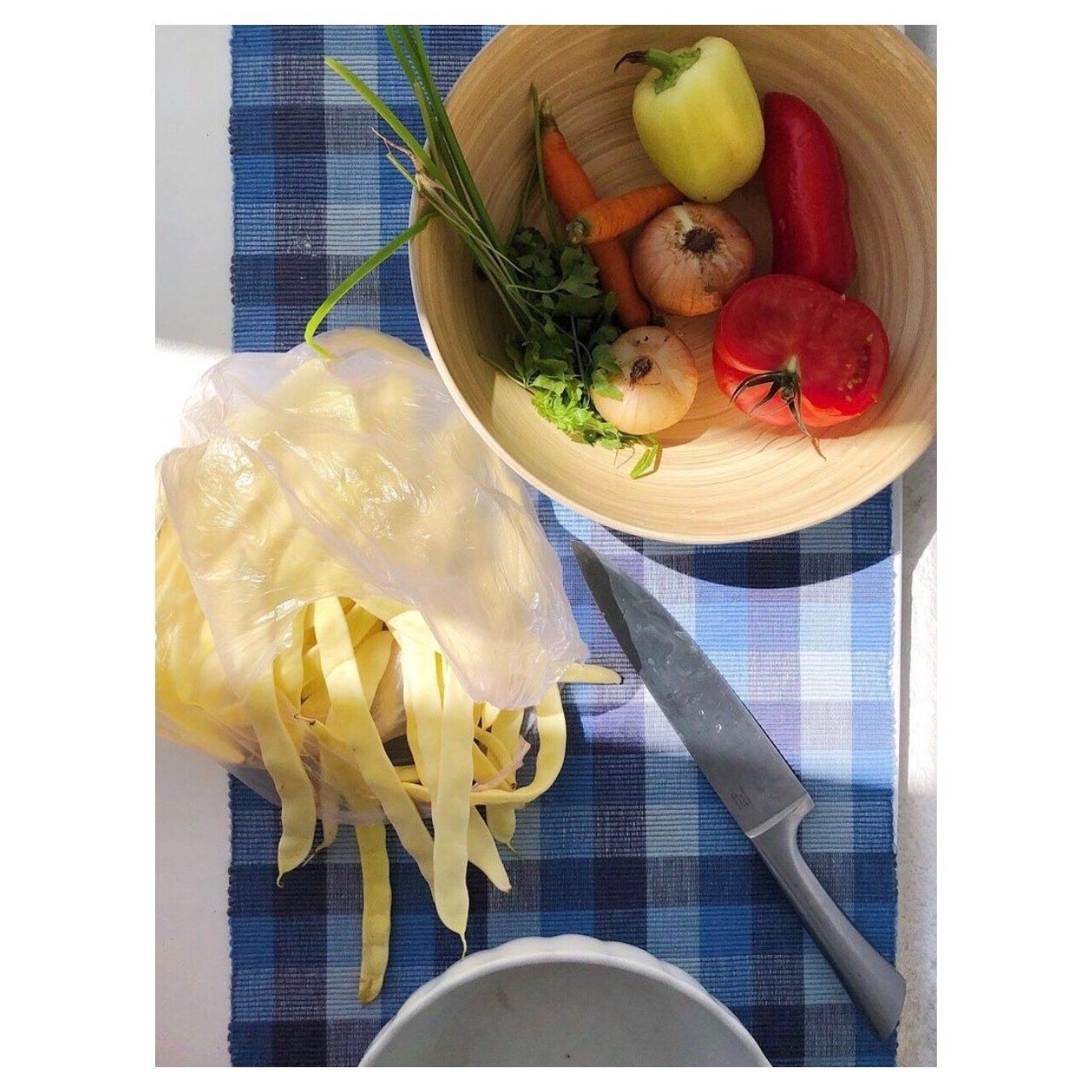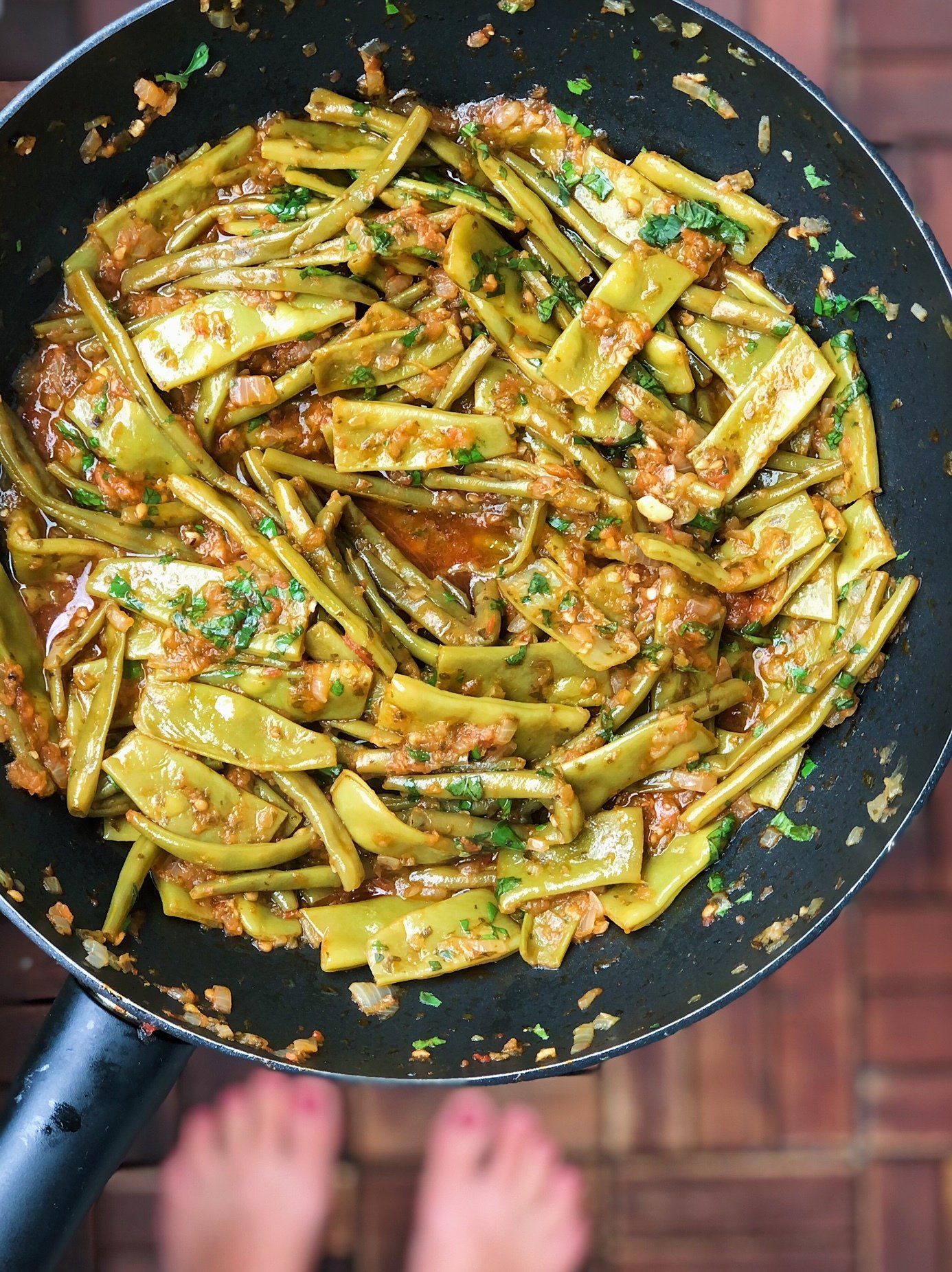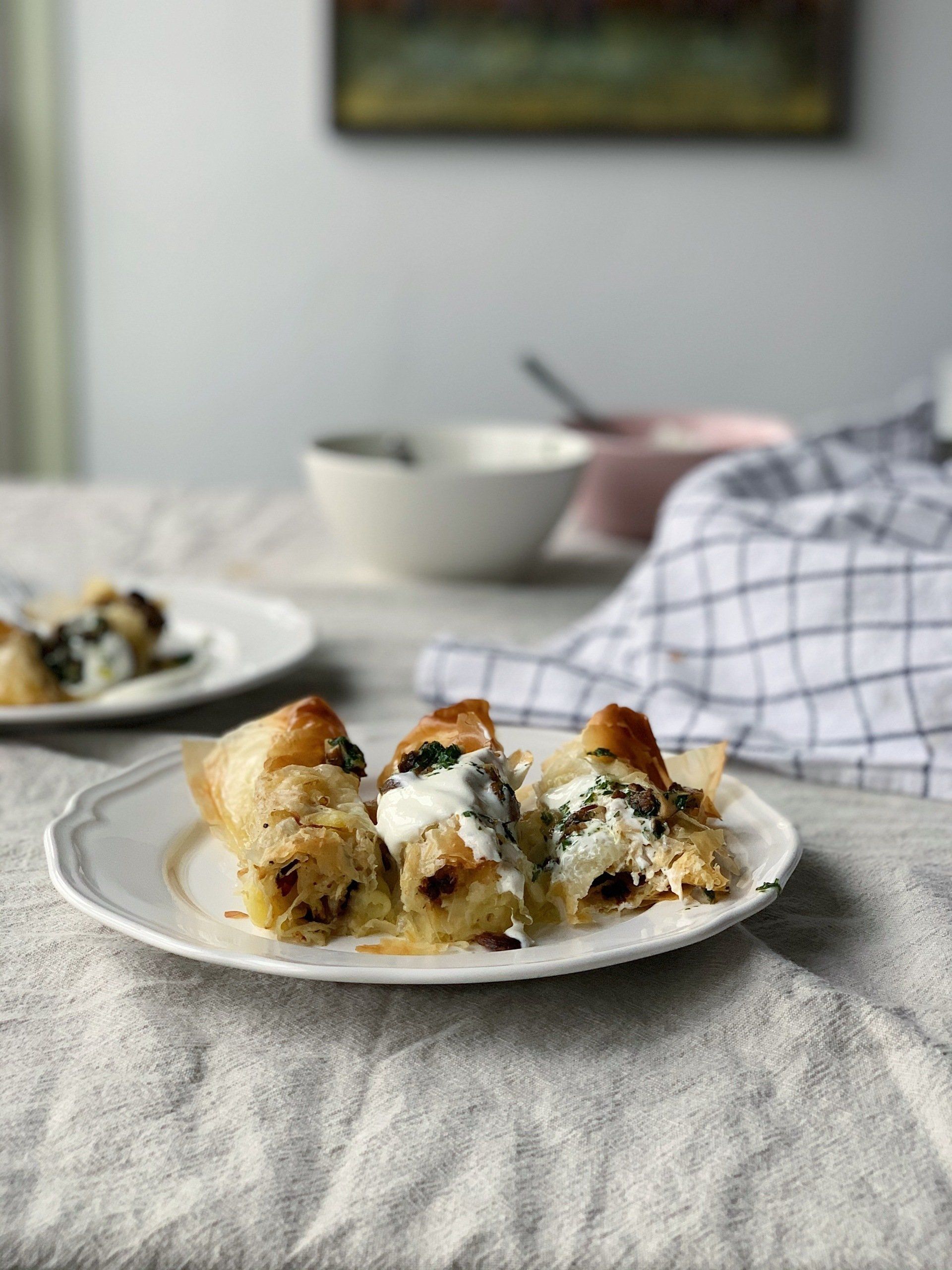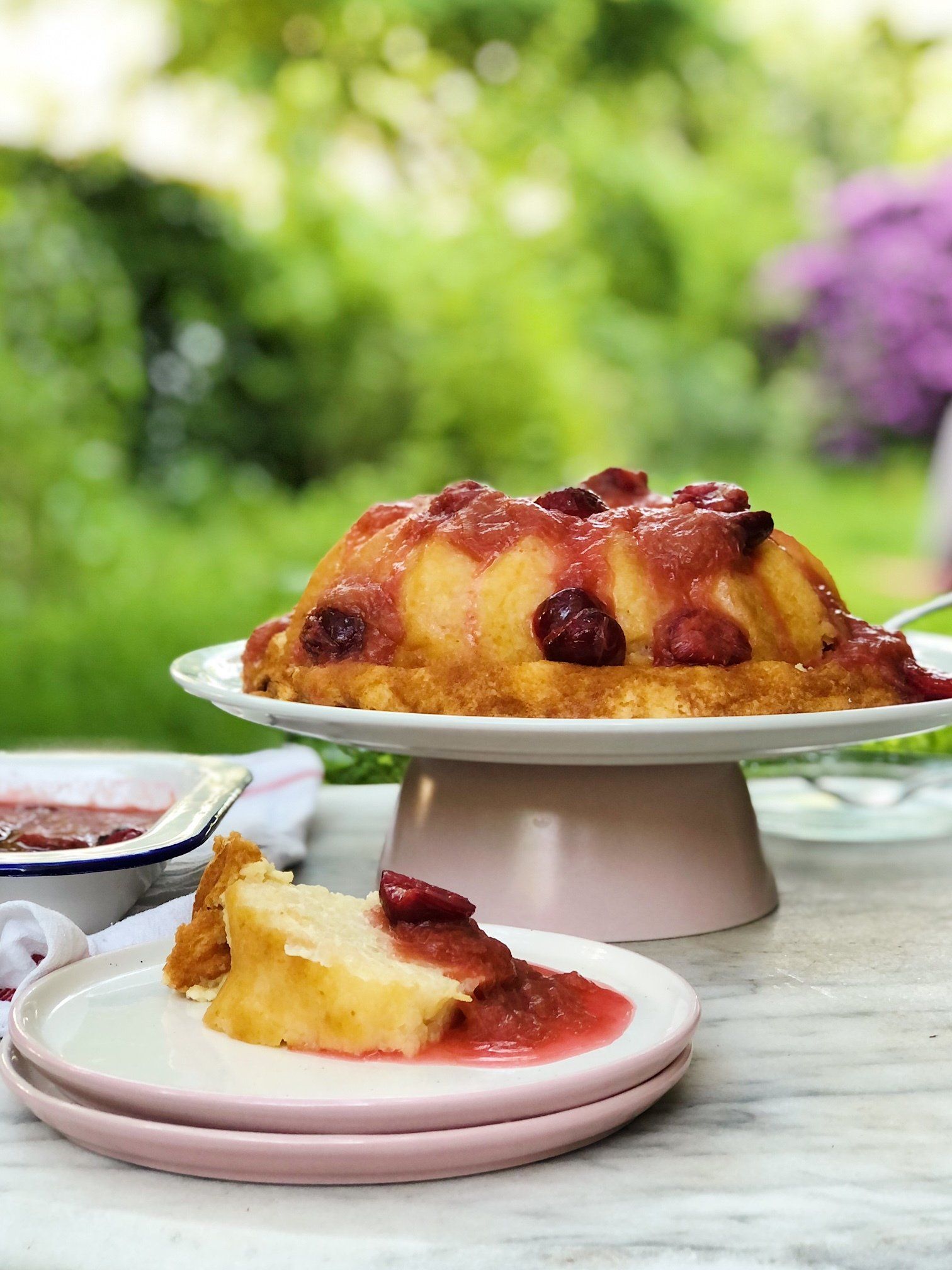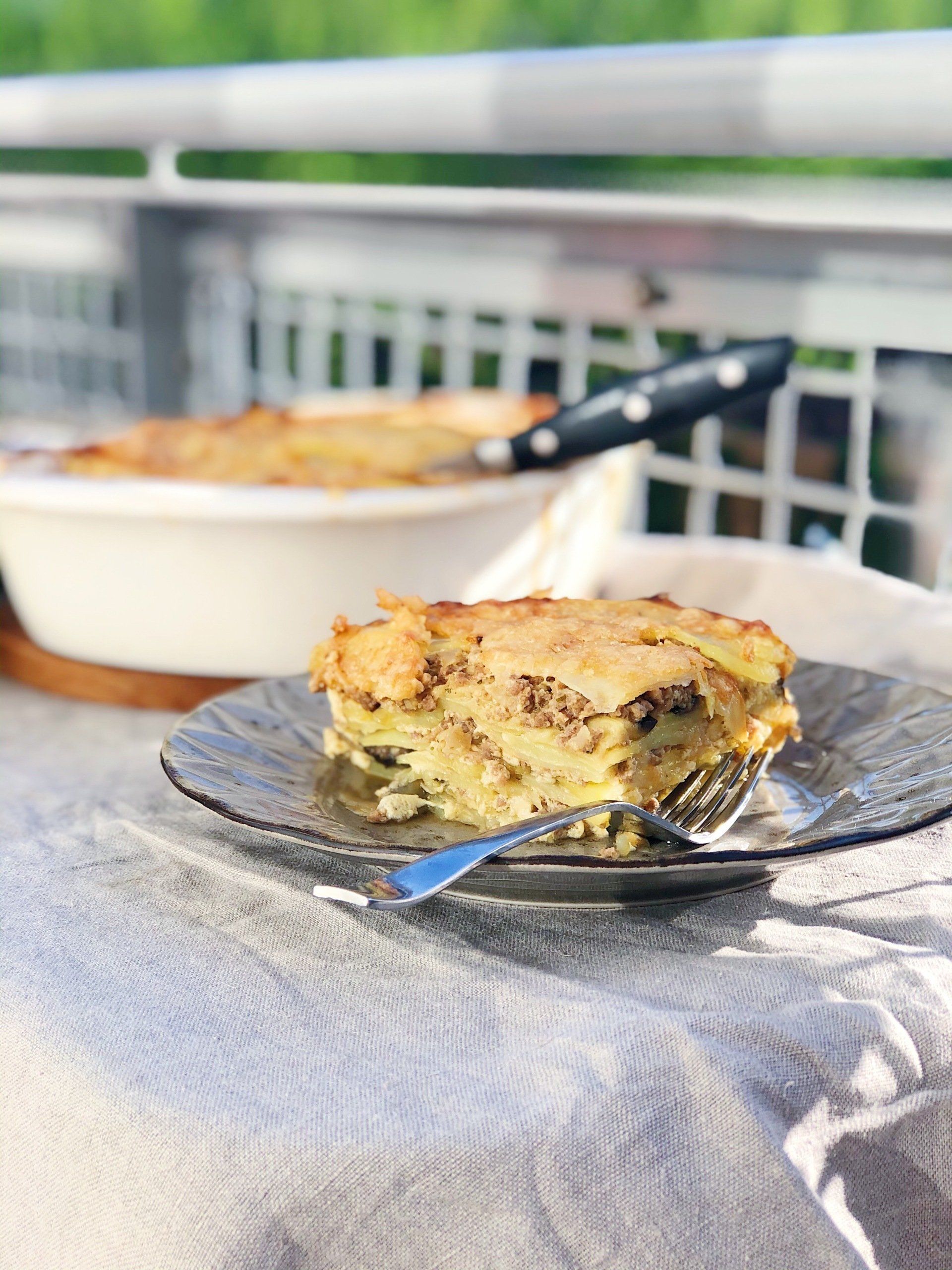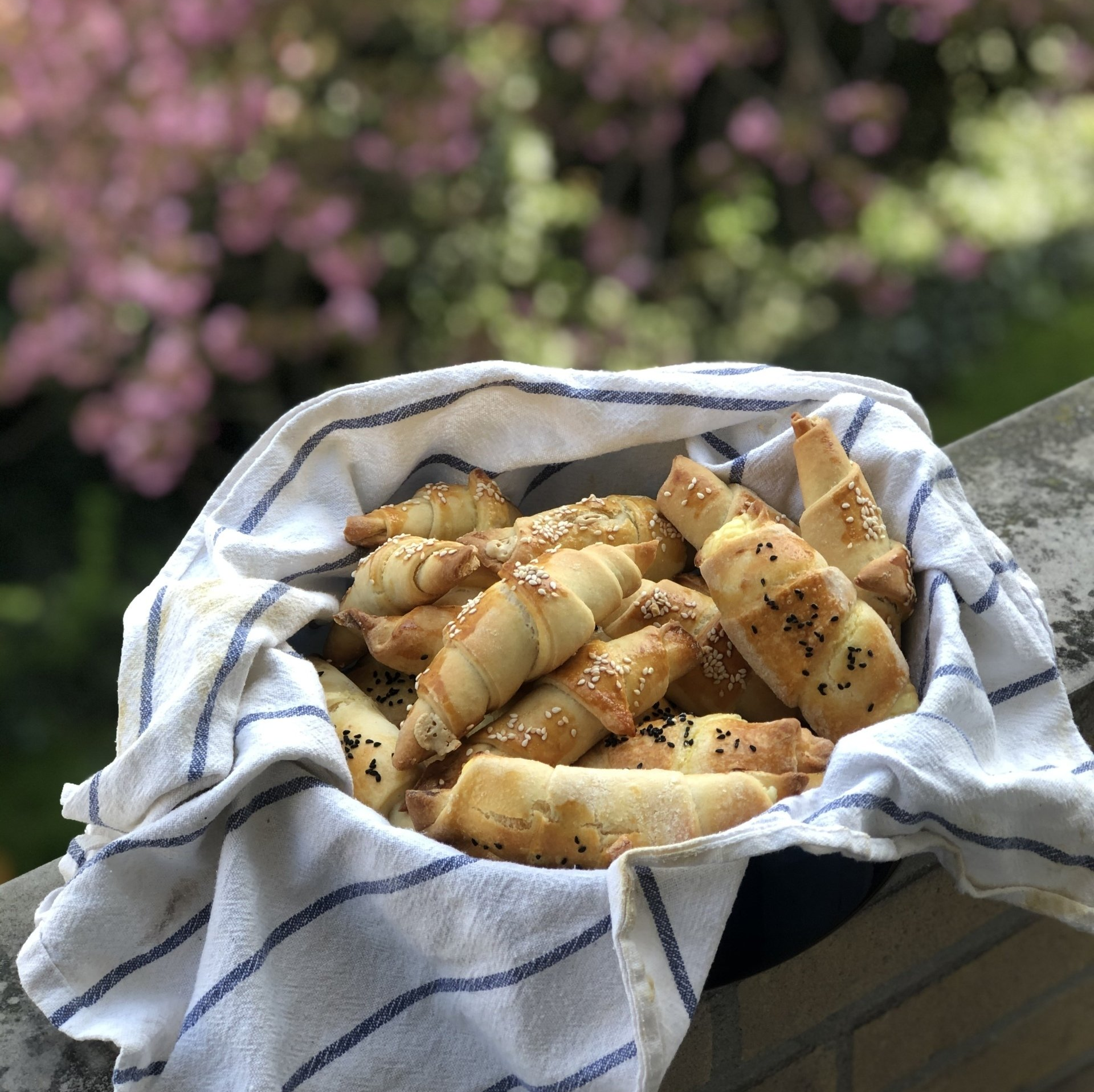Stories & Recipes
by tamara
June 21, 2021
Mahune

You know I'm here for the beans. In any shape, color, dried or fresh, beans are the ultimate all year round source of comfort. The naming Mahune refers to the young podded beans, green, yellow, purple, Romano or any other kind. They are sweet and bursting with flavor in stews, salads and frittatas, and they are in season right now.
We had a small place outside of Sarajevo where my grandmother used to grow her vegetables, small scale and mostly recreational. Once I open the drawer labeled Buhotina in my memory, I could stay there for hours, watching her rhytmically disappear and reappear behind the tall vines of beans, not saying much, just showing me how big they had grown that year.
I am convinced however that her crop was merely a small fragment of the beans galore going on back in her Sarajevo kitchen. When a certain vegetable was in season, there would be so much of it on the market and it would be incredibly inexpensive for those couple of weeks that she couldn't help herself but buy her weight in it. Some would be preserved for the winter, some would be eaten straight away, prepared any way imaginable.
Some cook Mahune as a stew with veal or beef, but we like them best in this meatless version, with other seasonal veg and cooked in their own juices. Some would add some water or broth into the pan to speed up the cooking, but I am very opinionated and firmly belive adding water dilutes the flavor, while skipping it makes for the most concentrated flavor explosion and helps the beans preserve their shape. I do hate when things fall apart.
The cooking time can vary a bit, depending on the type and freshness of the podded beans you use, but you can control the level of doneness by checking in on them every once. Even al-dente they are yummy, but obviously the longer they cook, the deeper the flavors interlock.
You can use one type of the beans, or combine different types, depending on what you have on hand. My favorite are yellow Romano beans, as they are tender in both texture and flavor, but they are not widely available in Netherlands so anything works. During the summer months, my local Turkish grocery stocks a special variety of Turkish beans, with fat juicy beans on the inside and slightly bitter pods, which are also yummy in this dish. I count around 200-250 grams podded beans per adult, young kids will obivously eat a bit less, but I doubt there will be any leftovers. Add a boiled potato on the side or serve over some rice, and you've got yourself a wholesome lunch the next day. Mahune taste great (if not better) cooked in advance.

